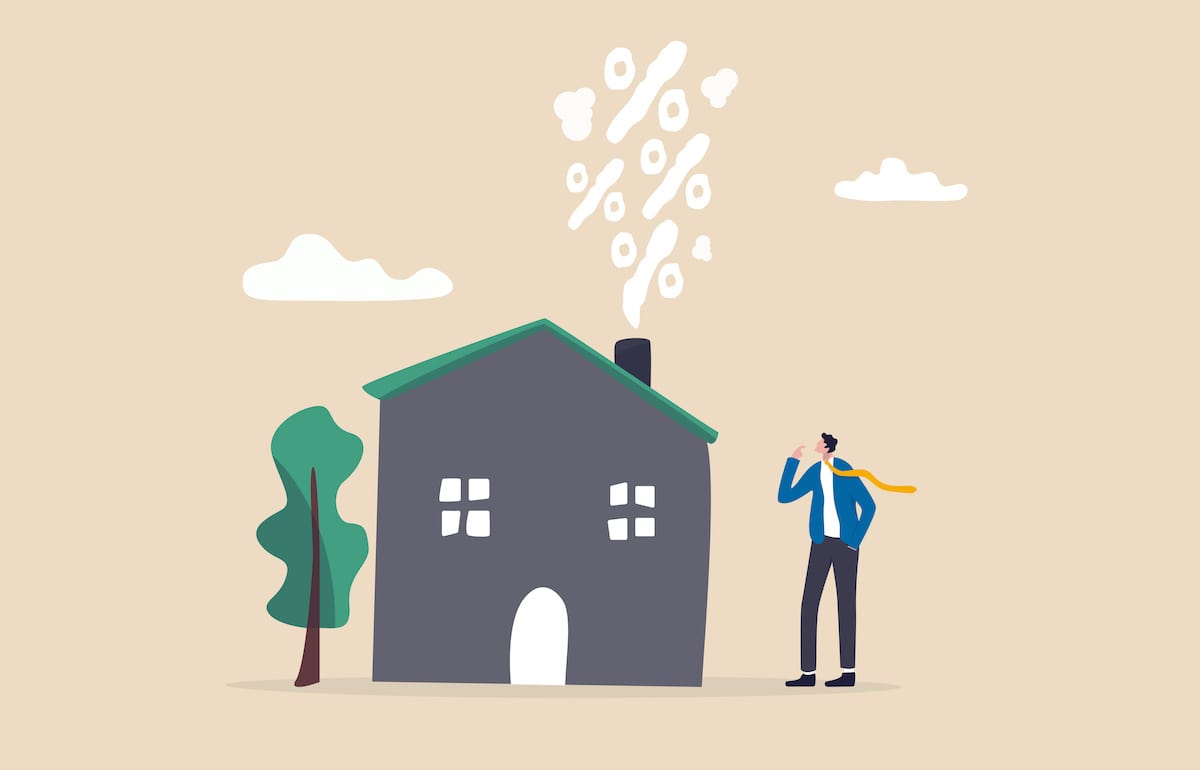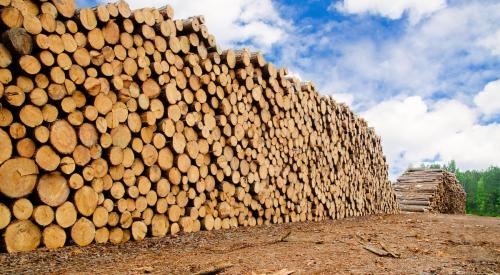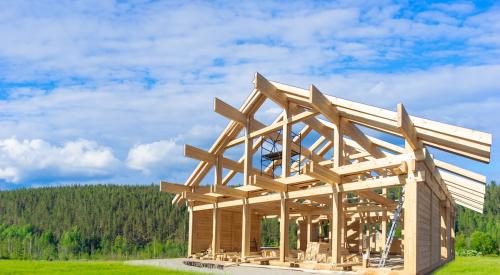As the Omicron surge peaks and the economy stabilizes at the start of 2022, global supply chains will start to normalize, lead times will be reduced, and shortages will no longer push material prices to record highs, but one major exception still threatens to undermine post-pandemic progress: the housing shortage. According to The Washington Post, a 1.7 million home deficit caused by years of under-building amounts to an entire year of new home construction, and sky-high demand likely won’t give builders much of a chance to catch up.
As supply dwindles, home prices are growing exponentially, rising close to 20% in just the past year after more than doubling over the past decade. Housing is also the single biggest component of the consumer price index, meaning that as long as home prices remain high, inflation will follow suit.
If policymakers are serious about reining in inflation, then, they have little choice but to take on the shortfall in housing supply. This means improving the economics of building enough to overcome the costs that have been holding builders back in recent years. This can be done in any number of ways, including tax breaks, grants, access to less expensive capital and incentives to get local decision-makers to ease zoning rules and restrictions on development.
President Biden has provided a good place to start in his Build Back Better legislation, which includes $18 billion in tax incentives for new construction and renovation, $30 billion in grants for new construction and renovation, and another $5 billion in grants for communities committed to removing the impediments to building more affordable housing, all over a 10-year window.












